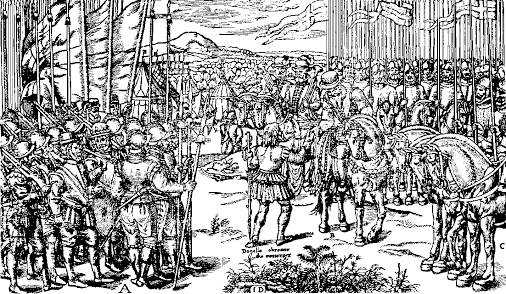Adolphus Hailstork’s Symphony No. 2
This February, the Daily Classical Music Post celebrates Black composers and musicians whose music has been suppressed and ignored. All of these musicians should be added to the music history and music theory curriculum.
Adolphus Hailstork (born 1941) spent most of his childhood in Albany, NY, where he sang in a church choir. This early exposure to choral music can be heard in all of his works, not just his vocal music, through melodic lines and harmonies. He began studying the violin when he was eight years old but soon switched to piano and organ. He quickly became interested in composing: “I liked the piano because I could sit and improvise for hours, and that's when I decided I preferred to improvise rather than to practice my scales and arpeggios. That's when I decided ‘Hey, maybe I better go on to Composition!’ I love making up stuff!”
James Reel says, “Hailstork studied composition with Mark Fax at Howard University, where he earned his bachelor's degree in 1963. He spent that summer with Nadia Boulanger at the American Conservatory in Fontainebleau, then continued his studies with Vittorio Giannini and David Diamond, among others, at the Manhattan School.” Although Hailstork has had some high-profile performances of some of his pieces, including by the Baltimore Symphony and Chicago Symphony Orchestra, sadly most of his compositions have not been published. Hailstork’s style is an amalgam of composers that he admired in his youth, including Copland, Barber, and Stravinsky, but he also incorporates African American elements. Some of his music refers to important people and events in African American history: Capriccio for a Departed Brother: Scott Joplin for string orchestra; Spiritual for brass octet; and Epitaph (In Memoriam Dr. Martin Luther King) for orchestra.
Hailstork began working on his Symphony No. 2 in 1995 but it wasn’t until he traveled to Ghana in 1996 that the work really took shape. The composer has said of this piece: “There I visited the forts along the coast of Ghana, and saw the dungeons where the slaves were held before being shipped overseas. I put my reaction to that sad scene in movement two of this symphony. In movement four I sought to reflect the determination of a people who had arrived in America as slaves, but struggled, with courage and faith, against numerous odds.”
My classical music post for today is Adolphus Hailstork’s Symphony No. 2.





Comments
Post a Comment